Barocci: Brilliance and Grace at the National Gallery
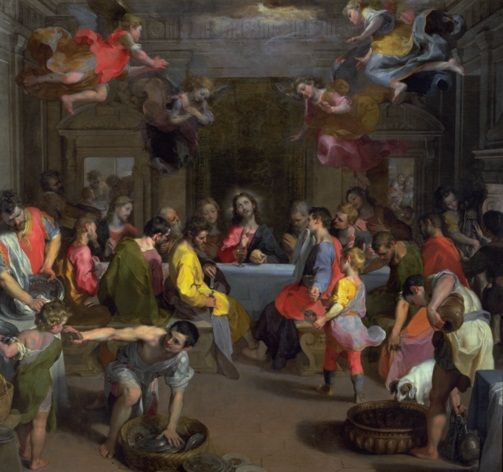
By all accounts, this latest exhibition at the National Gallery has not been an easy one to compile, for the same reasons that many people have not heard of the artist.
Federico Barocci has been compared by scholars to some of the most recognisable names of the Renaissance. He studied the work of Raphael, his draughtsmanship impressed Michelangelo and he had a strong influence on the likes of Van Dyke and Rubens.
However, unlike these giants of art history, Barocci’s name has been somewhat lost from the public consciousness, for the most part due to the fact that his paintings have largely remained in Italy on the altars they were commissioned to adorn. This display seeks to reintroduce this largely overlooked master to modern audiences.
The exhibition is aptly named: Barocci’s paintings have a compositional elegance that is apparent from the first, and it is made clear that he is a brilliant colourist and draughtsman.
Each major work is accompanied by a plethora of preparatory sketches, revealing the humanity of the artist as he carefully captured the expressions of the people he met on the streets of his native Urbino, alongside the small animals and domestic items that made it into his paintings.
For the most part, the exhibition introduces Barocci’s devotional paintings and altarpieces while highlighting his innovations in colour and light. One of the largest paintings in the exhibition, The Last Supper (1590-99) stands as a shining example of the rhythm and vibrancy in his work while eloquently tying together the divine and the domestic.
The last room is reserved for the few secular portraits that Barocci completed. His friend and primary patron, a young future Duke of Urbino stands proudly and elegantly in all his finery opposite a modest self portrait of the artist who looks out, tired, red-eyed but with an expression of benevolence.
While not a mammoth exhibition in terms of its size, Brilliance and Grace beautifully encapsulates the personality as well as the oeuvre of this hitherto little known artist, hopefully ensuring that his name re-enters the popular cannon of Renaissance greats.
Emily Spicer
Barocci: Brilliance and Grace is on at the National Gallery until 19th May 2013. For further information or to book visit the gallery’s website here.

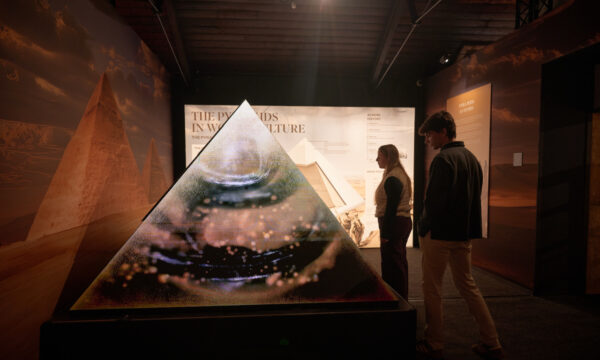
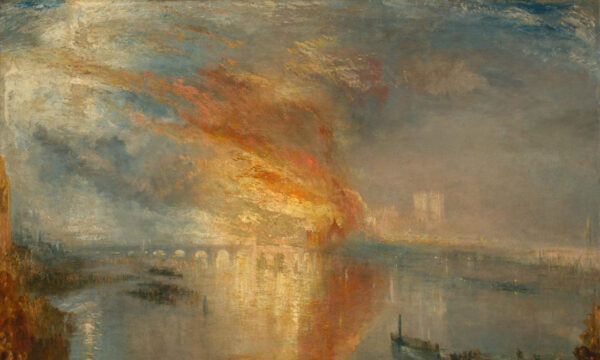
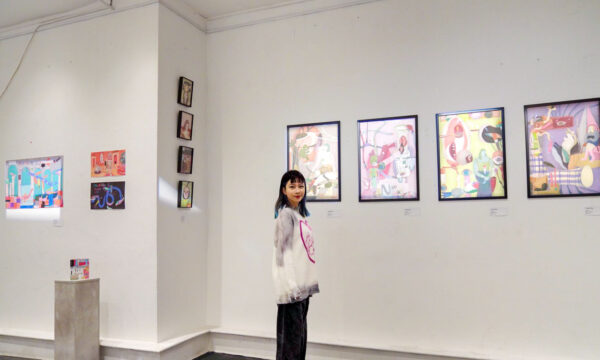
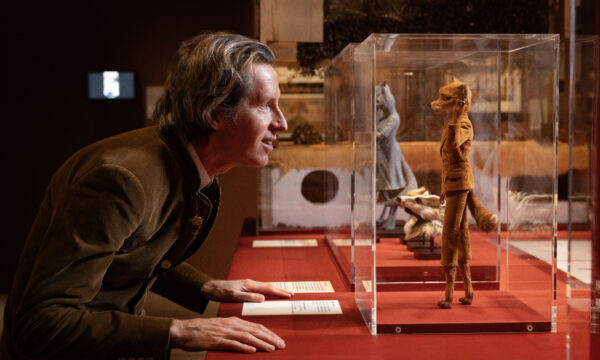
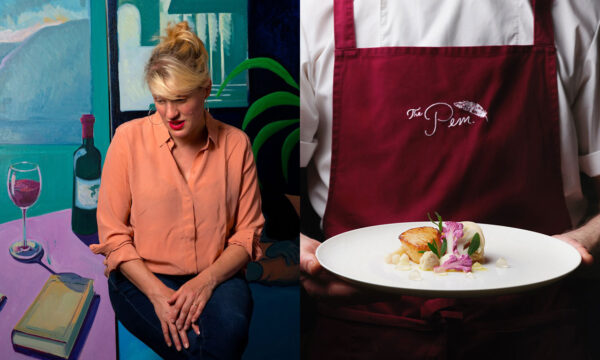
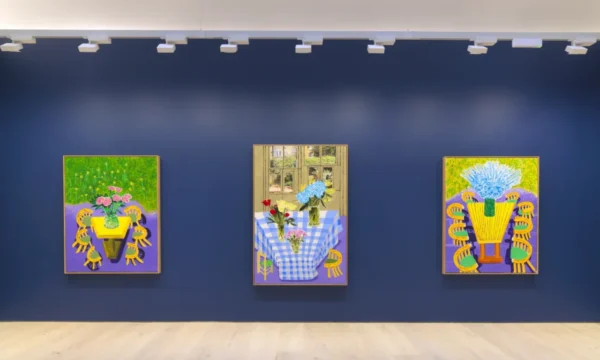
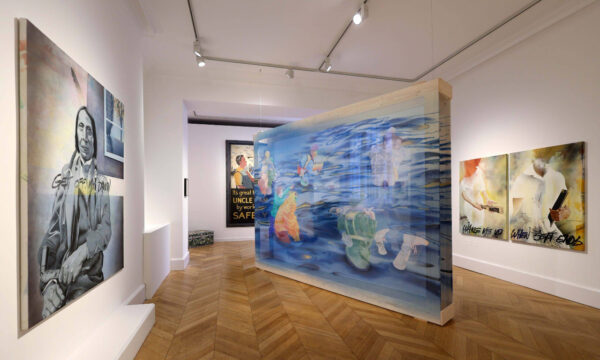
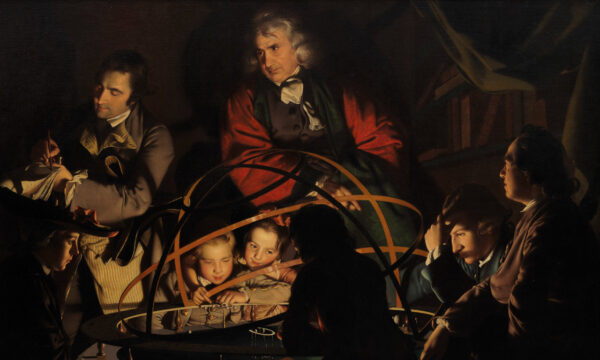
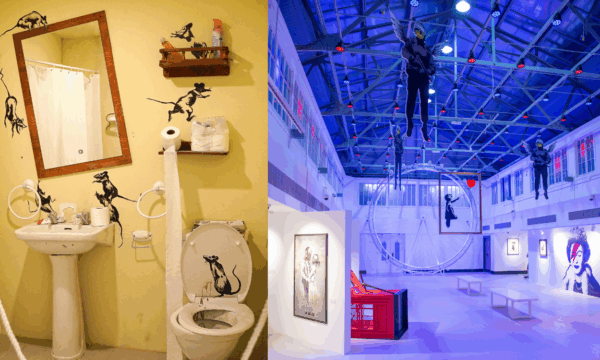


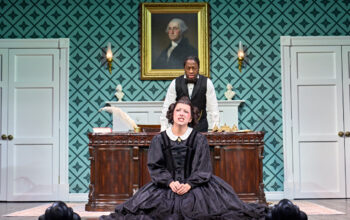


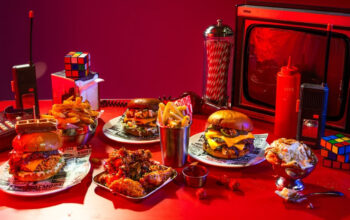
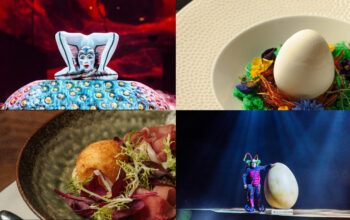
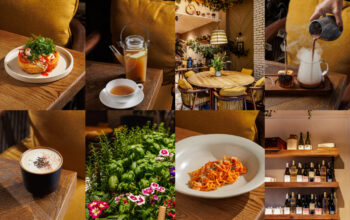
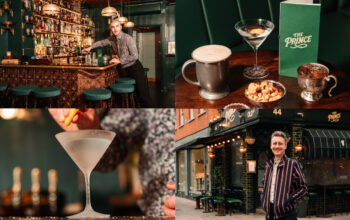






Facebook
Twitter
Instagram
YouTube
RSS